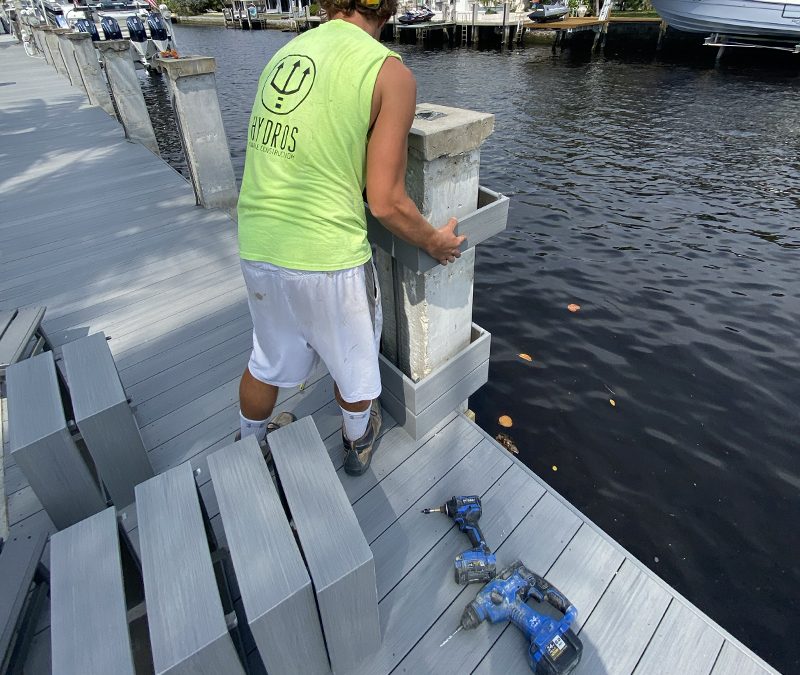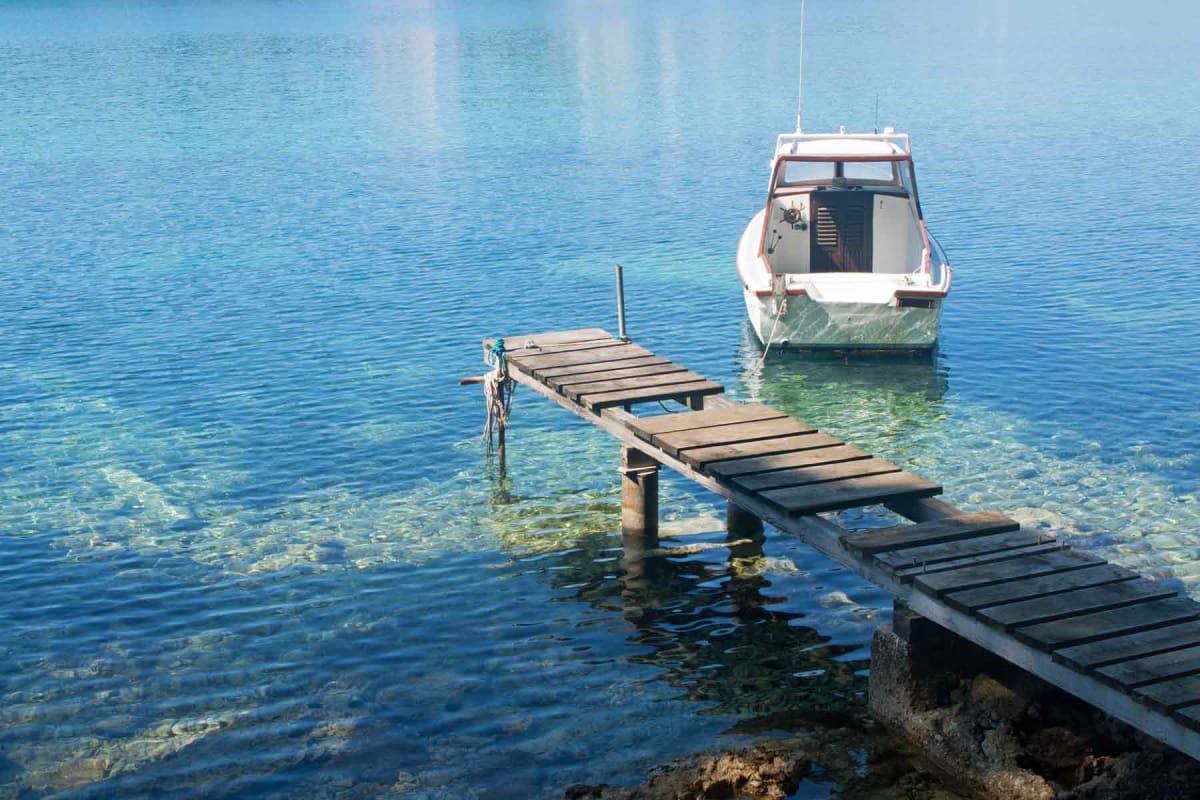Common Issues That Lead to Pricey Dock Repairs
Common Issues That Lead to Pricey Dock Repairs
Blog Article
Reliable Dock Fixing Techniques: Ensuring Architectural Honesty
Making certain the architectural honesty of anchors via efficient repair service methods is vital for the durability and security of marine centers. This entails a multi-faceted strategy beginning with detailed assessments utilizing advanced technologies like finder equipment and remotely operated vehicles (ROVs) to spot both noticeable and hid damages. Subsequently, picking the best repair materials, such as corrosion-resistant alloys and composite products, is essential for sturdiness. Structural support techniques, including the implementation of cross-bracing systems and load-distribution plates, play an essential function in mitigating stress and anxiety points. Nonetheless, the relevance of these techniques comes to be noticeable when checking out innovative repair service methods and preventative upkeep techniques.
Evaluating Dock Damages
Examining dock damages is a critical first step in ensuring the structural stability and safety and security of any type of docking facility. Secret facets to take a look at consist of the dock's foundation, pilings, outdoor decking, and equipment (Dock Repairs).
Architectural designers or qualified assessors generally perform these assessments using specialized techniques and tools. Underwater inspections might utilize sonar devices or remotely operated cars (ROVs) to discover submerged damages. Over water, aesthetic inspections are complemented by utilizing dampness meters and various other diagnostic tools to reveal underlying issues not quickly noticeable to the nude eye.

Choosing Repair Work Materials
Choosing the suitable repair products is a critical action in the dock reconstruction procedure, one that directly affects the durability and performance of the repaired framework. Product option must be driven by variables such as environmental conditions, load-bearing needs, and compatibility with existing dock components.
Along with wood, composite products are increasingly popular because of their durability and low maintenance needs. Composites, generally made from a blend of plastic and wood fibers, use outstanding resistance to rot, pests, and UV damage. For steel docks, selecting corrosion-resistant alloys such as galvanized steel or marine-grade light weight aluminum is necessary to stop rust and make sure architectural stability in saline water conditions.
Epoxy materials and marine-grade sealers are important for fixing cracks and securing joints, providing a waterproof barrier and boosting the dock's total toughness. By meticulously choosing high-quality products, dock repair services can achieve lasting results, consequently guarding against future destruction and guaranteeing secure, dependable usage.
Structural Support Techniques
Effective structural reinforcement strategies are important in making certain the stability and durability of dock repairs. One essential method entails making use of steel or composite support bars (rebar) within concrete structures. Rebar offers extra tensile toughness, protecting against fractures and distributing loads much more evenly. This method is particularly efficient for docks subjected to hefty lots or rough ecological problems.
One more essential strategy is the application of fiber-reinforced polymers (FRP) These products use high strength-to-weight proportions and superb resistance to rust, making them perfect for enhancing wood or concrete anchors. FRP can be used in strips or sheets and adhered with epoxy materials to boost structural stability.
Bracing and securing systems also play a vital function in structural reinforcement. Cross-bracing, using steel or wood beams, can neutralize side forces, lowering swaying and activity. Securing systems, such as helical piers or driven stacks, supply a steady foundation by transferring lots to much deeper, more steady dirt layers.
Last but not least, the combination of load-distribution plates can aid distribute weight extra evenly throughout the dock's surface area, alleviating localized stress and anxiety factors. These techniques jointly ensure that anchors stay robust and secure, efficient in withstanding the roughness of their operational atmosphere.
Advanced Fixing Approaches

One more advanced strategy entails underwater welding, which allows for repair work to be conducted without the requirement to dewater the location. This technique is specifically advantageous for resolving structural issues in immersed dock parts, guaranteeing marginal interruption to procedures. Improved welding methods, coupled with robotic systems, deliver precision and reliability, consequently expanding the life-span of the dock.
In addition, cathodic protection systems are applied to stop rust in metallic dock structures. By making use of sacrificial anodes or satisfied existing systems, these techniques efficiently reduce the electrochemical processes that cause product degeneration.
Finally, progressed surveillance innovations, such as architectural health surveillance (SHM) systems, offer real-time data on the problem of dock structures. These systems make it possible for proactive upkeep and timely treatments, eventually making sure the long-lasting architectural honesty of the dock.
Maintenance and Avoidance
Upkeep and this prevention are fundamental principles that underpin the longevity and security of dock frameworks. Routine examinations are extremely important, allowing for early detection of damage, possible weaknesses, and environmental impacts. An aggressive approach, entailing regular look for corrosion, rot, and structural changes, alleviates expensive fixings and lengthens the dock's functional life.
Precautionary procedures must include applying safety finishings to metal elements to safeguard versus rust and utilizing cured timber to stand up to see this here degeneration. Furthermore, making sure appropriate drain and air flow can stop water accumulation, which is a typical root cause of architectural degradation. Incorporating quality materials and sticking to supplier standards during construction and repair work stages also play critical duties in boosting toughness.

Educating workers in dock upkeep best practices makes sure consistent application of safety nets. Leveraging technical advancements, such as drones for evaluations and sensing units for real-time surveillance, can additionally enhance upkeep initiatives. By focusing on maintenance and avoidance, dock owners can ensure structural honesty, operational safety, and affordable management over the dock's lifespan.
Final Thought
Finally, keeping the architectural stability of aquatic centers requires comprehensive dock repair service methods. Comprehensive examinations using advanced tools uncover both noticeable and hid damages, while the selection of ideal repair work materials improves durability. Implementing structural support techniques addresses tension factors effectively. Advanced repair service strategies, paired with normal maintenance practices, guarantee the dock remains risk-free and operational under varied environmental conditions. Embracing these approaches dramatically lengthens the lifespan and functionality of aquatic framework.
Ensuring the architectural integrity of anchors through effective repair work methods is extremely important for the long life and security of aquatic facilities.Choosing the proper repair service products is a pivotal step in the dock repair procedure, one that directly influences the longevity and efficiency of the repaired structure.Efficient structural reinforcement techniques are important in making certain the stability and long life of dock repair work. By focusing on upkeep and avoidance, dock owners can guarantee architectural integrity, operational safety and security, and cost-effective management over the dock's life expectancy.
In final this link thought, preserving the architectural integrity of aquatic centers necessitates extensive dock repair service strategies.
Report this page